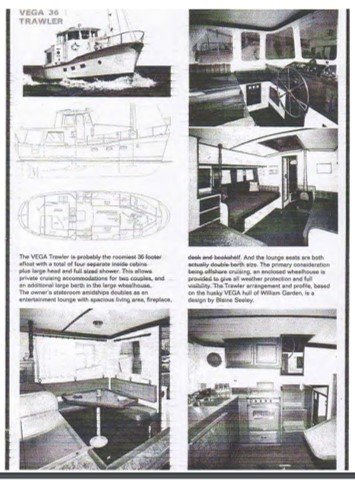From a Trawler broker's vantage point: Not only do I specialize in selling trawlers, but I am also a writer and have written dozens of yacht reviews; therefore, I try to be accurate in my nomenclatures and descriptions. So here goes:
I consider trawlers to be in 2 classes: Trawler (full displacement hull) and Fast Trawler (semi-displacement hull). As much as I hate using the term "fast trawler," I think it is an accurate description for manufacturers such as Fleming, Outer Reef, Ocean Alexander, Taiwanese Tubs, etc. Those manufactures have at least a few aesthetic appearances of a trawler and/or have equipment a trawler would have such as water maker, fuel economy, range, etc. BUT, I usually put the term "fast trawler" in quotes or I add parenthetically (oxymoron). Because yes, fast trawler is an oxymoron. To me a fast trawler is a full displacement yacht that maxes at 9+ knots.
I was asked to write a review on a major manufacturer's new trawler model. I said that there was nothing that defined this as a trawler to me. After a trawler definition tug-of-war, I came up with trawleresque as a compromise. Sounds sissified to me, but I subsequently saw this term used by other writers in their reviews.
I have no input on the history of the trawler labeling, but the first trawler I ever saw was a Cape Horn. I had sold sailboats, sportfishermen (I worked at Bertram for a stint) and was so blown away by the trawler concept that I started doing research and discovered the Nordhavn 46 and 62. I have specialized in trawlers of all descriptions since 1997. At that time I was working for a Ft. Lauderdale brokerage and when I got a Cape Horn listing, I was told they didn't hire me to sell tugboats. After a few other negative stints, I started my own company specifically to specialize in trawlers. Btw, that FLL company now promotes itself as a trawler brokerage.
As corny as it sounds, I am proud to end this with one of my favorite salutations originally learned from someone on T & T:
Trawler on!




